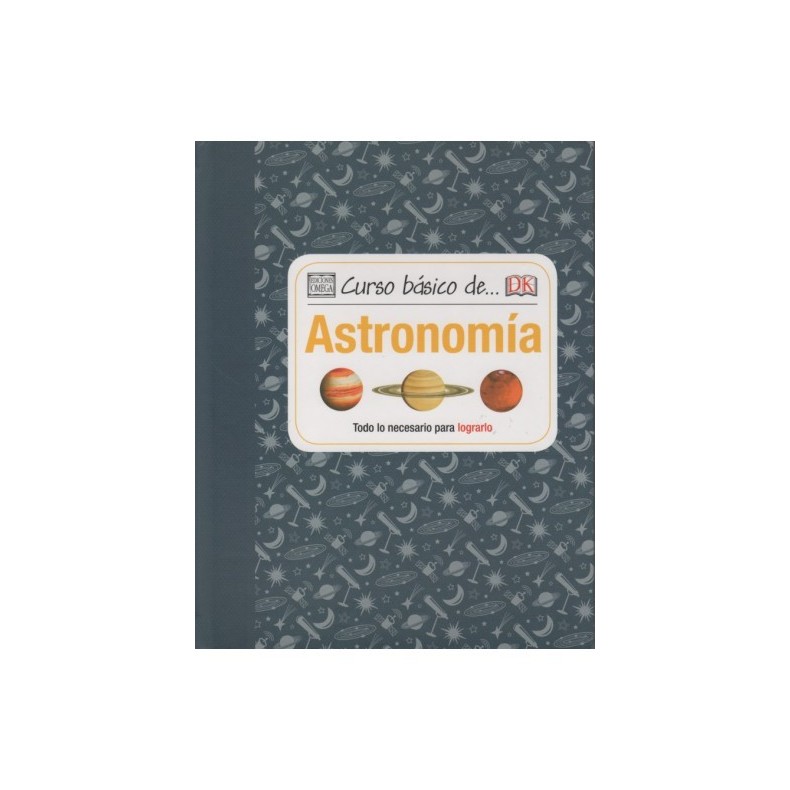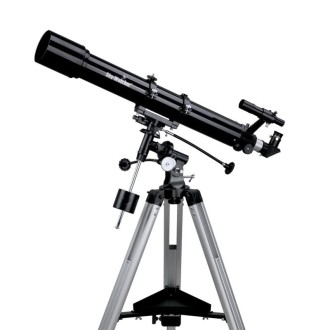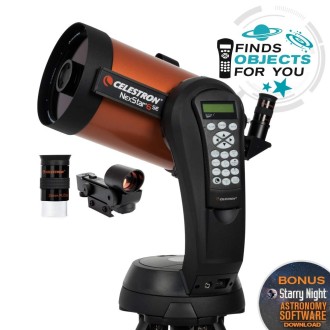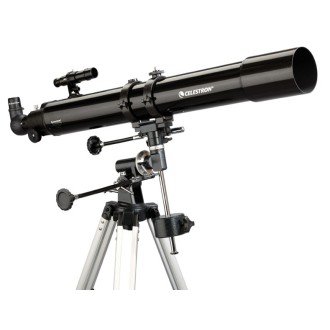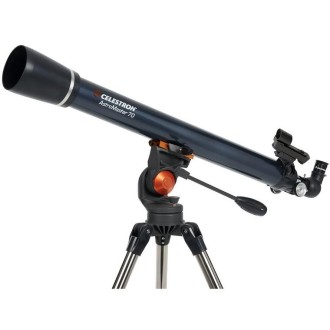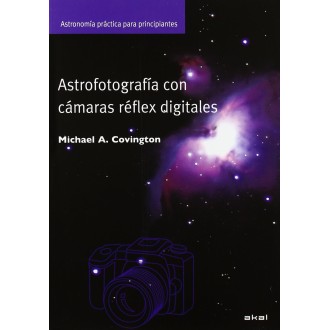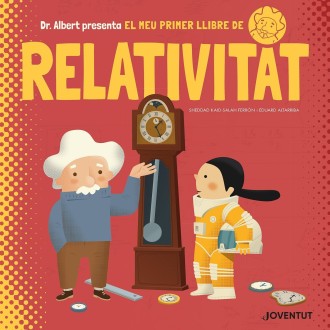Book BASIC COURSE OF... ASTRONOMY. Ediciones Omega
This courseshows you in detail how to orient yourself to the night sky and you will quickly gain confidence and skill. Packed with tips and in-depth information, this guide will soon have you fascinated by the stars, planets and galaxies visible from Earth.
| Carrier | Description | Estimated Delivery | ||
|---|---|---|---|---|
 |
Home delivery - International | Home delivery - International |
Wednesday, 30 April - Thursday, 8 May |
|

Home delivery - International
Home delivery - International
Estimated delivery:
Wednesday, 30 April - Thursday, 8 May
BASIC COURSE OF... ASTRONOMY.
would you like to learn about the night sky but don't know how or where to start?
Basic Course in... Astronomy is your ideal and patient instructor. It shows you in detail how to navigate the night sky and you will quickly gain confidence and skill. Following are observing exercises that will help you learn more about space, without taking anything for granted. Packed with tips and in-depth information, this guide will soon have you fascinated by the stars, planets, and galaxies visible from Earth.
-
-
-
-
- FIRST STEPS. Identify constellations and bright stars. Learn about the Moon, its phases and eclipses. Discover the Milky Way and see the planets with the naked eye.
- KEEP MOVING FORWARD. See distant galaxies with binoculars. Find out where new stars are born. Find out why comets have tails
- REACH FARTHER. How to choose and use a telescope. See Saturn's rings and Jupiter's satellites. Observe a supernova and learn about explosions in space.
-
-
-
TABLE OF CONTENTS:
-
-
-
-
- BUILD YOUR COURSE. Our place in space. Our place in the universe. Earth and its nearest neighbors. Gas giants and asteroids. What can you see? First steps.
- FIRST STEPS. The Moon and its phases. Observing a lunar eclipse. NAVIGATING THE NIGHT SKY. How the stars move. Constellations and asterisms. The view from Earth. Locating the north and south celestial poles. OBSERVATION TECHNIQUES. The Milky Way. Locating stars and constellations. Jupiter. Meteor showers. Venus. Artificial satellites. A solar eclipse. QUICK GUIDES. Stars. How star systems work. The Milky Way Galaxy. The zodiac. Jupiter. Meteors and meteorites. Venus. Gravity and orbits. KEY CONSTELLATIONS. Orion. Scorpio. Perseus. Cygnus. JUMPS FROM ONE STAR TO ANOTHER. From The Chariot. From Crux (the Southern Cross). From Orion. From the Summer Triangle.
- KEEP MOVING FORWARD. Choosing and using binoculars (or binoculars). OBSERVATION TECHNIQUES. The Moon seen with binoculars. Mars. The Orion nebula. The Andromeda galaxy. Mercury. A comet. QUICK GUIDES. The Moon. Star clusters. Mars. Light and dark nebulae. Galaxies. Mercury. Comets. KEY CONSTELLATIONS. Taurus. Cassiopeia. Hercules. Centaurus. Ophiuchus. Southern Cross. Sagittarius. Carina. Andromeda. Leo. Golden.
- REACH FARTHER. Choosing and using a small telescope. OBSERVING TECHNIQUES. Saturn. Galilean satellites of Jupiter. Observing the sun safely. Remaining supernova. QUICK GUIDES. Saturn. Planetary nebulae. The Sun. Supernovae. KEY CONSTELLATIONS. Aquarius. Candle. Virgo. Ursa Major. Hydra. MAPS OF THE SKY.
- INDEX. Other books on astronomy. Acknowledgements.
-
-
-
TECHNICAL DATA SHEET:
-
-
-
-
-
- Author(s): Robert Dinwiddie
- Binding: Hardcover
- Printing: Color
- Year of publication: 2015
- Book language: Spanish
- Number of edition: 1
- Number of pages: 192
- Translator/s: Manuel Pijoan
- ISBN: 978-84-282-1628-9
- Size: 17 (width) x 22 (height)
- Publisher: Ediciones Omega
-
-
-
-
BASIC COURSE OF... ASTRONOMY.

